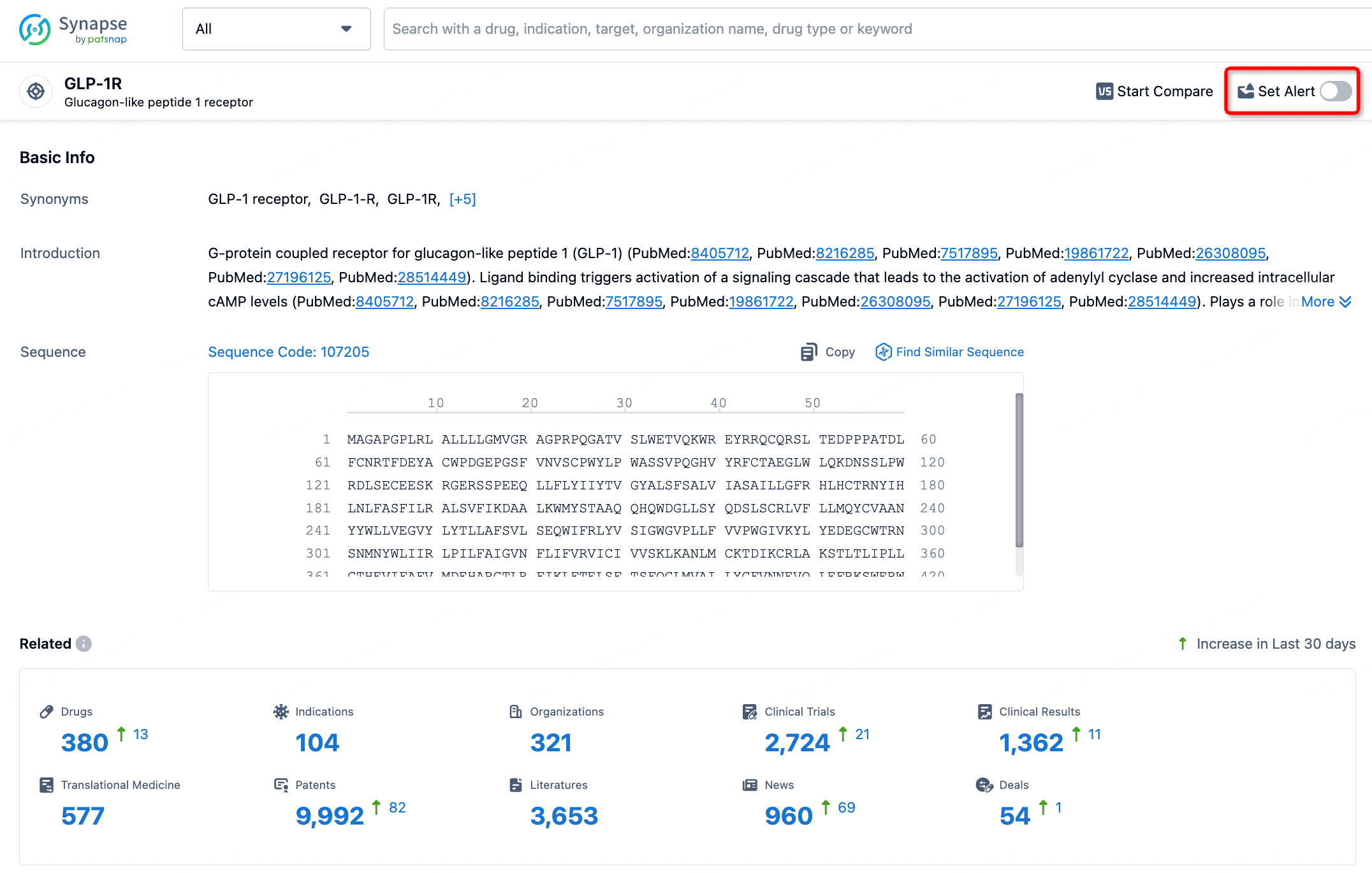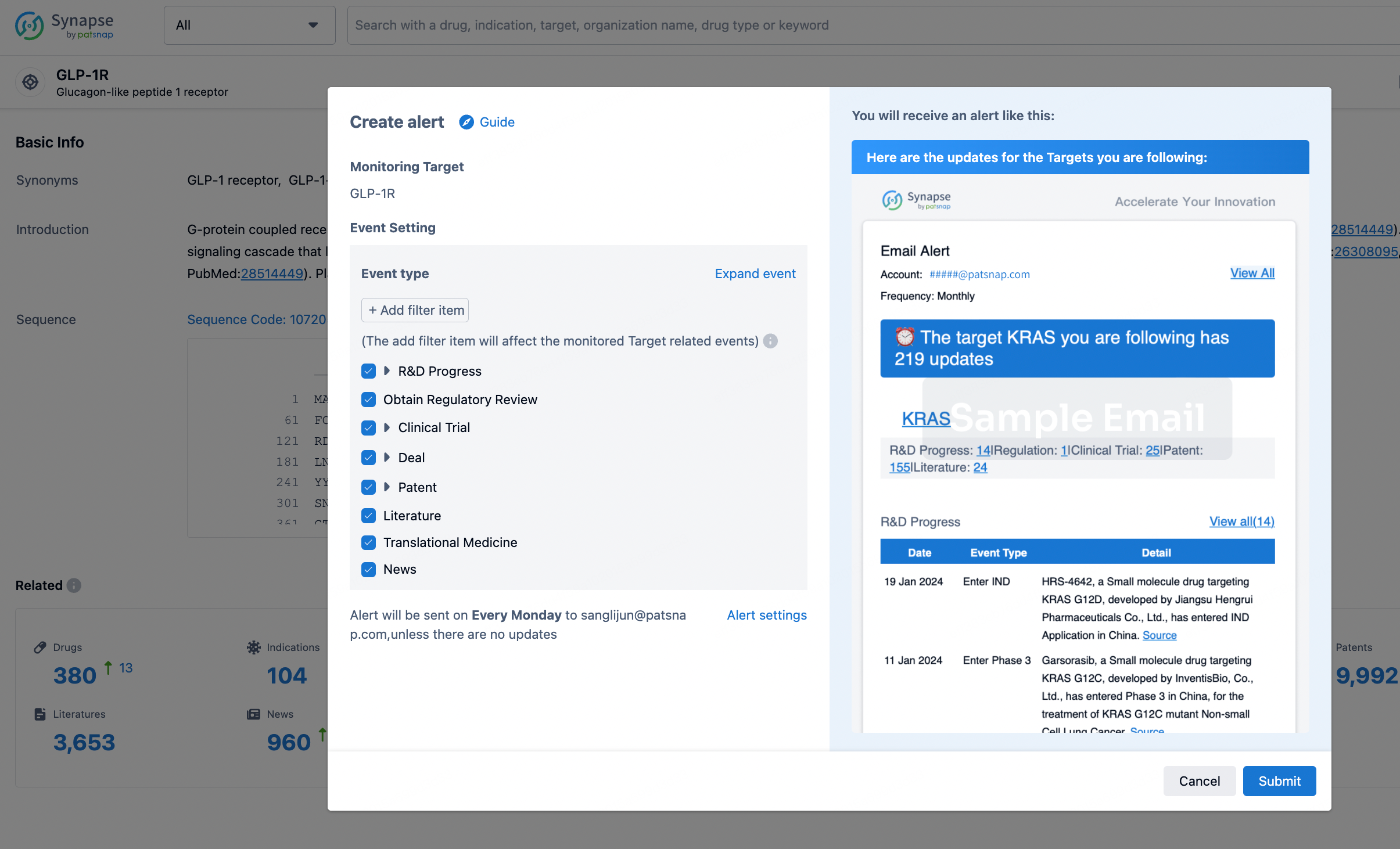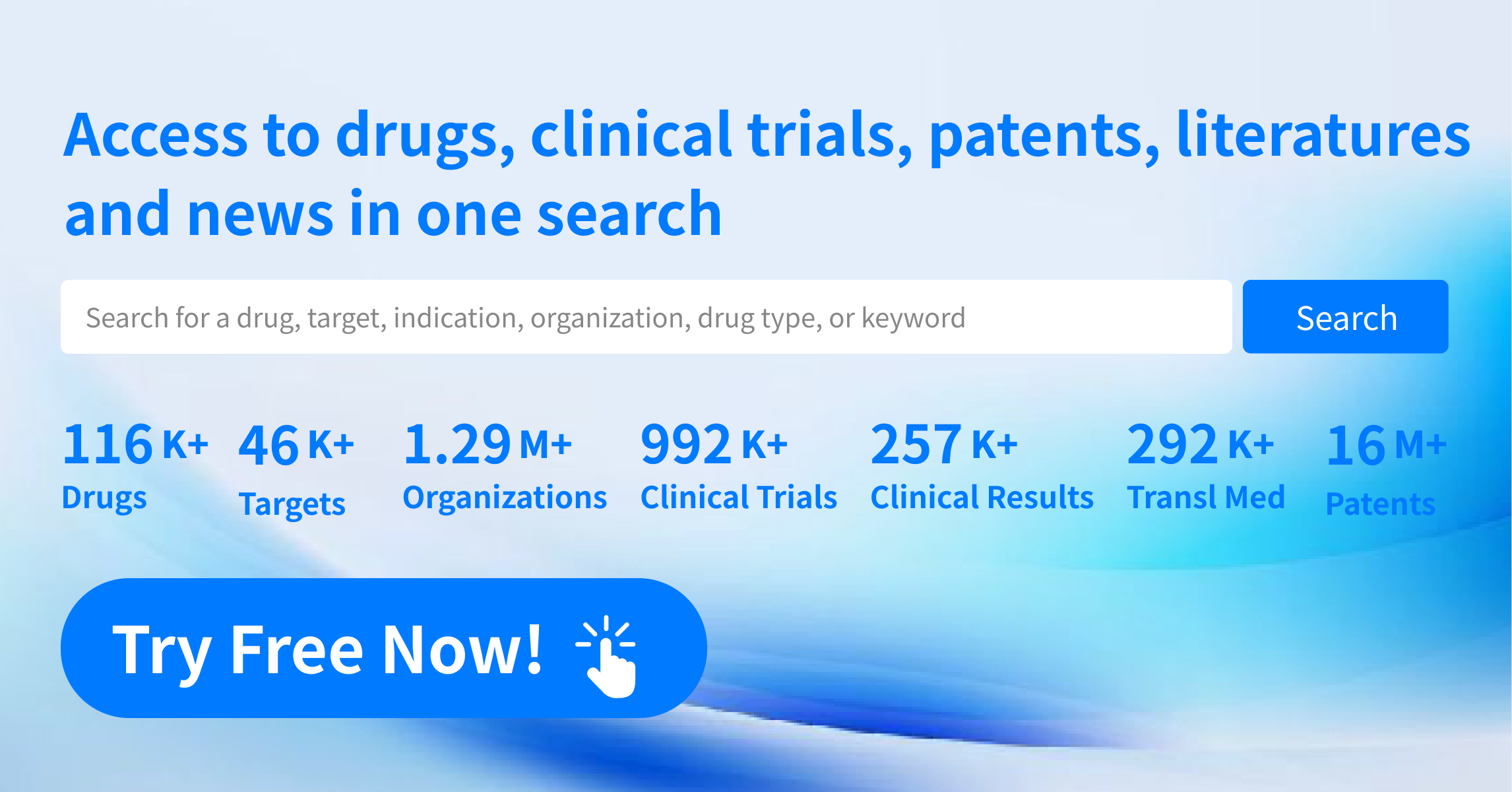Request Demo
What are IDUA stimulants and how do they work?
21 June 2024
Introduction to IDUA Stimulants
IDUA stimulants, though a relatively niche topic in the broader spectrum of biochemistry and pharmacology, represent a fascinating realm of medical science. These compounds specifically target the enzyme alpha-L-iduronidase (IDUA), a critical component in the lysosomal degradation pathway of glycosaminoglycans (GAGs). This enzyme's primary function is to break down complex carbohydrates, particularly dermatan sulfate and heparan sulfate, which are essential for normal cellular function. When the activity of IDUA is deficient or malfunctioning, it leads to the accumulation of GAGs in cells and tissues, resulting in various health complications. Consequently, understanding and developing IDUA stimulants can have profound implications for treating certain metabolic disorders, particularly mucopolysaccharidosis type I (MPS I).
How Do IDUA Stimulants Work?
To grasp the mechanism of IDUA stimulants, we first need to delve into the role of alpha-L-iduronidase. This enzyme resides within the lysosomes, the cell's recycling centers, where it breaks down GAGs. When IDUA is deficient or dysfunctional, GAGs accumulate, disrupting cellular operations and leading to the symptoms associated with MPS I. This metabolic disorder manifests in a spectrum ranging from mild to severe, encompassing Hurler, Hurler-Scheie, and Scheie syndromes.
IDUA stimulants work by enhancing the activity of the existing alpha-L-iduronidase enzyme in individuals who have partial function or by stabilizing the enzyme to improve its efficiency. These stimulations can come from small molecule drugs, chaperone proteins, or gene therapy approaches that either increase the enzyme's production, correct its folding, or prevent its premature degradation. By boosting the activity of IDUA, these stimulants help clear the accumulated GAGs, thereby mitigating the cellular and systemic damage caused by their build-up.
What Are IDUA Stimulants Used For?
The primary application of IDUA stimulants is in the treatment of MPS I. This lysosomal storage disorder, if left untreated, can lead to progressive damage to multiple organs and systems, including the heart, respiratory system, bones, joints, and central nervous system. The severity of MPS I can vary, but severe forms, such as Hurler syndrome, can be life-threatening if not managed appropriately. Currently, the mainstay treatments for MPS I include enzyme replacement therapy (ERT) and hematopoietic stem cell transplantation (HSCT), both of which aim to restore normal IDUA activity either exogenously or endogenously.
However, these treatments come with limitations. ERT requires regular intravenous infusions and does not adequately address the central nervous system symptoms due to the blood-brain barrier. HSCT, while potentially curative, carries significant risks and is only suitable for severe cases diagnosed early in life. Here is where IDUA stimulants hold promise. These stimulants, particularly those that can cross the blood-brain barrier, offer a non-invasive and potentially more effective strategy for managing MPS I. By enhancing the residual activity of the enzyme or stabilizing its structure, IDUA stimulants can complement existing therapies or provide an alternative for patients who are not candidates for HSCT or those in whom ERT is insufficient.
Research into IDUA stimulants is still in its nascent stages, but preclinical studies have shown promising results. Small molecules that act as pharmacological chaperones have demonstrated the ability to stabilize misfolded IDUA, enhancing its activity. Furthermore, advances in gene therapy are paving the way for more targeted approaches to upregulate IDUA expression directly within patients' cells.
In conclusion, IDUA stimulants represent a burgeoning field with significant therapeutic potential for individuals suffering from MPS I. These compounds, by boosting the activity of a critical enzyme, offer hope for more effective and less invasive treatments, improving the quality of life for patients with this challenging metabolic disorder. As research progresses, we may soon see these stimulants becoming a cornerstone in the management of MPS I, heralding a new era of precision medicine in the treatment of lysosomal storage disorders.
IDUA stimulants, though a relatively niche topic in the broader spectrum of biochemistry and pharmacology, represent a fascinating realm of medical science. These compounds specifically target the enzyme alpha-L-iduronidase (IDUA), a critical component in the lysosomal degradation pathway of glycosaminoglycans (GAGs). This enzyme's primary function is to break down complex carbohydrates, particularly dermatan sulfate and heparan sulfate, which are essential for normal cellular function. When the activity of IDUA is deficient or malfunctioning, it leads to the accumulation of GAGs in cells and tissues, resulting in various health complications. Consequently, understanding and developing IDUA stimulants can have profound implications for treating certain metabolic disorders, particularly mucopolysaccharidosis type I (MPS I).
How Do IDUA Stimulants Work?
To grasp the mechanism of IDUA stimulants, we first need to delve into the role of alpha-L-iduronidase. This enzyme resides within the lysosomes, the cell's recycling centers, where it breaks down GAGs. When IDUA is deficient or dysfunctional, GAGs accumulate, disrupting cellular operations and leading to the symptoms associated with MPS I. This metabolic disorder manifests in a spectrum ranging from mild to severe, encompassing Hurler, Hurler-Scheie, and Scheie syndromes.
IDUA stimulants work by enhancing the activity of the existing alpha-L-iduronidase enzyme in individuals who have partial function or by stabilizing the enzyme to improve its efficiency. These stimulations can come from small molecule drugs, chaperone proteins, or gene therapy approaches that either increase the enzyme's production, correct its folding, or prevent its premature degradation. By boosting the activity of IDUA, these stimulants help clear the accumulated GAGs, thereby mitigating the cellular and systemic damage caused by their build-up.
What Are IDUA Stimulants Used For?
The primary application of IDUA stimulants is in the treatment of MPS I. This lysosomal storage disorder, if left untreated, can lead to progressive damage to multiple organs and systems, including the heart, respiratory system, bones, joints, and central nervous system. The severity of MPS I can vary, but severe forms, such as Hurler syndrome, can be life-threatening if not managed appropriately. Currently, the mainstay treatments for MPS I include enzyme replacement therapy (ERT) and hematopoietic stem cell transplantation (HSCT), both of which aim to restore normal IDUA activity either exogenously or endogenously.
However, these treatments come with limitations. ERT requires regular intravenous infusions and does not adequately address the central nervous system symptoms due to the blood-brain barrier. HSCT, while potentially curative, carries significant risks and is only suitable for severe cases diagnosed early in life. Here is where IDUA stimulants hold promise. These stimulants, particularly those that can cross the blood-brain barrier, offer a non-invasive and potentially more effective strategy for managing MPS I. By enhancing the residual activity of the enzyme or stabilizing its structure, IDUA stimulants can complement existing therapies or provide an alternative for patients who are not candidates for HSCT or those in whom ERT is insufficient.
Research into IDUA stimulants is still in its nascent stages, but preclinical studies have shown promising results. Small molecules that act as pharmacological chaperones have demonstrated the ability to stabilize misfolded IDUA, enhancing its activity. Furthermore, advances in gene therapy are paving the way for more targeted approaches to upregulate IDUA expression directly within patients' cells.
In conclusion, IDUA stimulants represent a burgeoning field with significant therapeutic potential for individuals suffering from MPS I. These compounds, by boosting the activity of a critical enzyme, offer hope for more effective and less invasive treatments, improving the quality of life for patients with this challenging metabolic disorder. As research progresses, we may soon see these stimulants becoming a cornerstone in the management of MPS I, heralding a new era of precision medicine in the treatment of lysosomal storage disorders.
How to obtain the latest development progress of all targets?
In the Synapse database, you can stay updated on the latest research and development advances of all targets. This service is accessible anytime and anywhere, with updates available daily or weekly. Use the "Set Alert" function to stay informed. Click on the image below to embark on a brand new journey of drug discovery!
AI Agents Built for Biopharma Breakthroughs
Accelerate discovery. Empower decisions. Transform outcomes.
Get started for free today!
Accelerate Strategic R&D decision making with Synapse, PatSnap’s AI-powered Connected Innovation Intelligence Platform Built for Life Sciences Professionals.
Start your data trial now!
Synapse data is also accessible to external entities via APIs or data packages. Empower better decisions with the latest in pharmaceutical intelligence.


